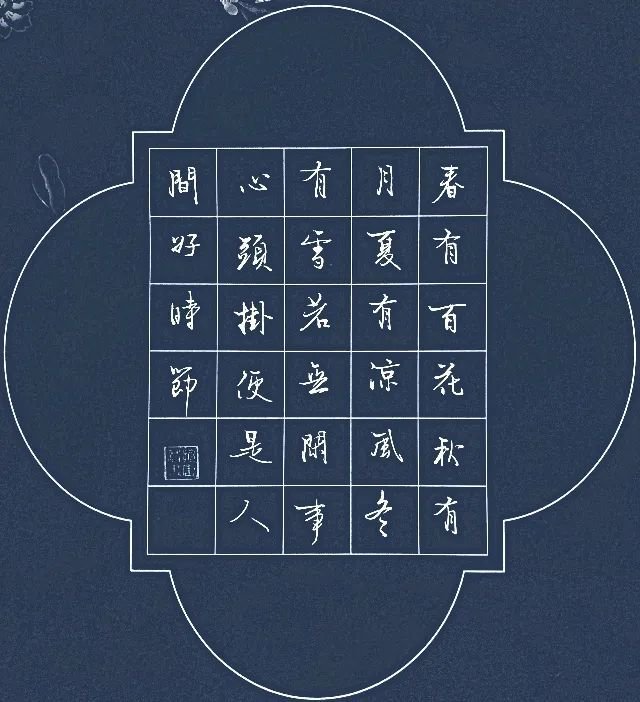According to the strength state, pen movement can be divided into lifting and pressing and parallel pen movement. Lifting and pressing is a "dramatic change" process in the force of writing. Lifting means reducing force and closing the pen, and pressing means adding force to move the pen. The strength and frequency of "pressing", and the speed and amplitude of "retracting" depend on the writer's method and habits of using the pen, and are also crucial elements in the "writing technique" of hard pen.
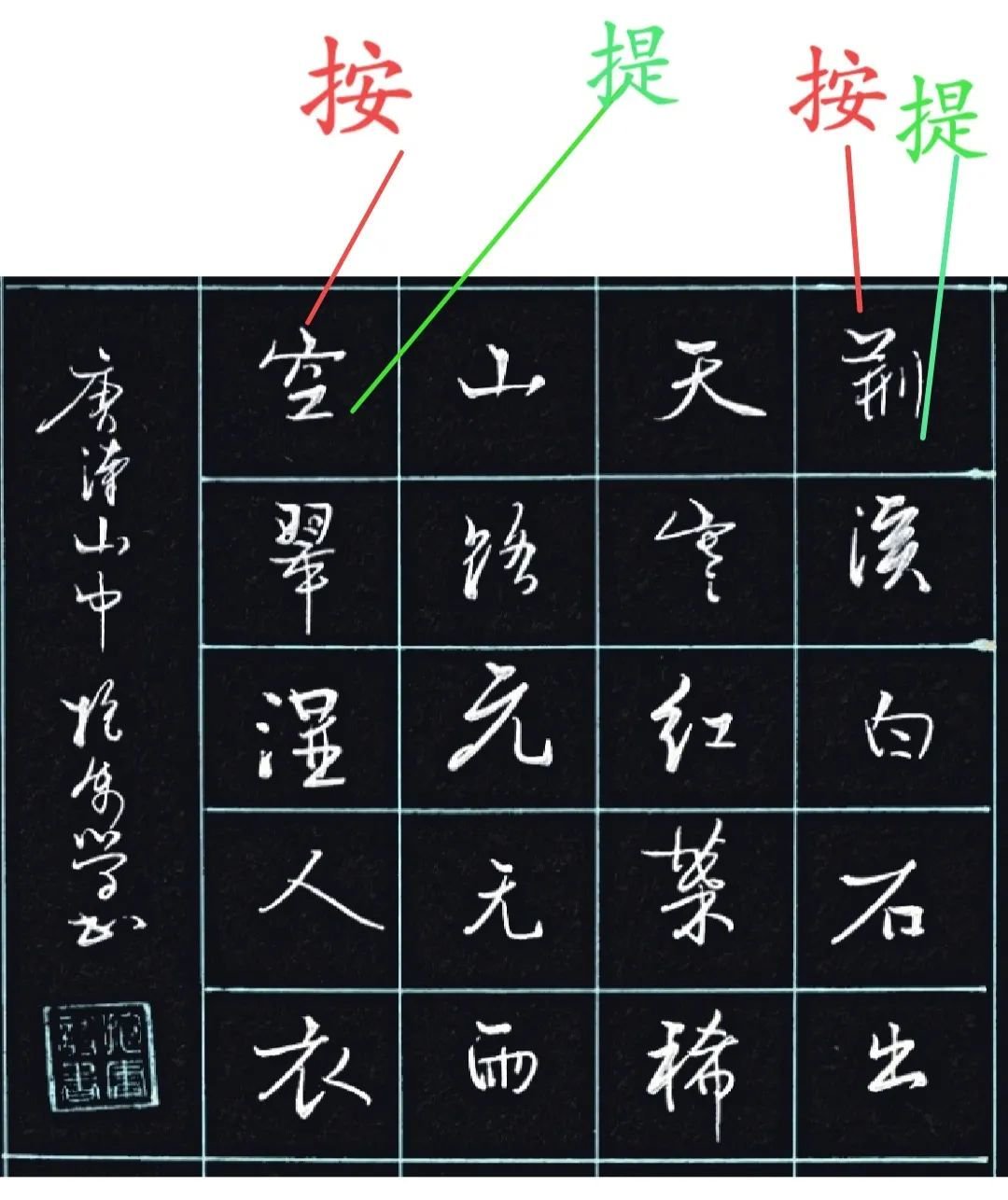
1. The hard pen holding method differs according to the writing style.
① Regular script. The strokes are clear and relatively independent, and the lifting and pressing movements are also relatively clear. Press more when entering the pen, and retract more when lifting the brush. There are often lifting and pressing movements in the zigzag parts, and long stippling is a smooth and even force.
② Running script. There is an obvious connection between adjacent characters, there are many pulling threads, and the dynamic force of lifting and pressing is less. It is more about rhythm to reflect the power of writing. The main writer usually lifts and presses more obviously.
③Cursive writing. The round pen has more frequency, more arcs, faster writing speed, and the force of pressing is more subtle and changeable.
④Seal script. The stroke range of seal script is relatively smallest among the five styles of calligraphy, and the expressions of stipple lines are mostly uniform strokes.
⑤ Official script. The lifting and pressing movements in official script are more obvious, and the pressing and lifting movements are clearly reflected in the entry and closing of almost every point of the painting.
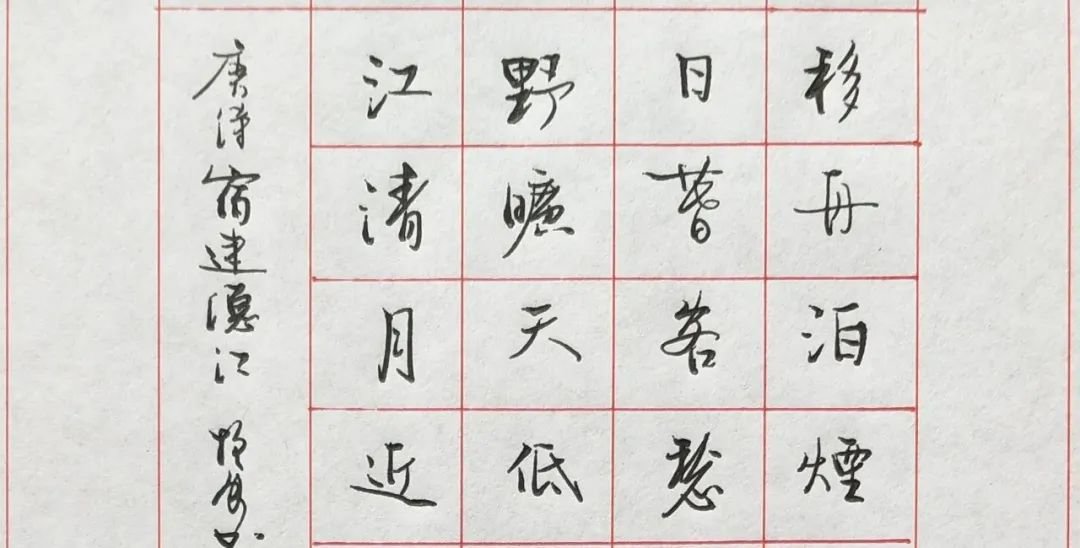
2. Characteristics and rules of hard pen pressing
①The important role of hard pen lifting and pressing. Pressing with a hard pen is a combination of strength, speed and rhythm, which is used to shape the shape and texture of lines. The habit of pressing with a hard pen originates from the calligrapher's pen-using habits, which are controlled by the calligrapher's technique and style, and also correspond to the art of the work. pursuit of needs.
②Characteristics of hard pen lifting. Titi belongs to the category of writing skills and is a learnable part of calligraphy. The core is the element of strength, which is also affected by many factors such as calligraphy style, word width, speed, rhythm, and word-tying techniques. For example, writing large characters and small characters, running script and regular script, and the tips in writing are also different, depending on the situation.
③The logical relationship between hard-tipped writing and the artistic quality of calligraphy. Pressure (the key to using the pen) affects the shape of stipple painting - the shape of stipple painting serves the structural characteristics of single characters - and the characteristics of knotted characters serve the style of calligraphy. Therefore, for a good work, the rough calligraphy cultivation can be interpreted from the mention of the title.
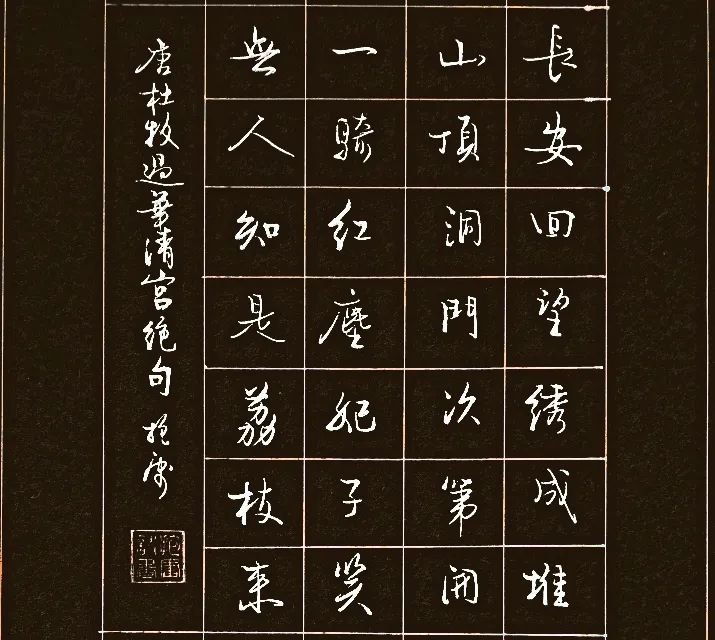
3. How to strengthen the practice of hard-pen writing and pressing
First, find the pattern (copy) from the original post you read. Make inferences from the changes in line fatness, thickness, and intensity, analyze deeply the technique of using the pen, summarize the rules of pressing, form a rational cognition, and strengthen trial practice in copying.
Secondly, there is the practice of highlighting and strengthening strokes. Whether it is regular script or running script, we must keep close to the carrier of strokes - strokes, separate the dotted lines from the structure of single characters, distinguish different types of curved, straight, long and short to break down the training in detail, and use imitation to force the writing. Techniques for using the pen. Then the strokes are combined into words to test the training effect of pressing.
Thirdly, it is through a lot of repeated writing to figure out and understand. Practice makes perfect, and all art treasures must be the work of skill. The more you write, the more you can become proficient, form muscle memory and turn it into stable writing skills, and also have a more profound and systematic understanding of the key to using the pen, so that you can use the press easily in writing applications.
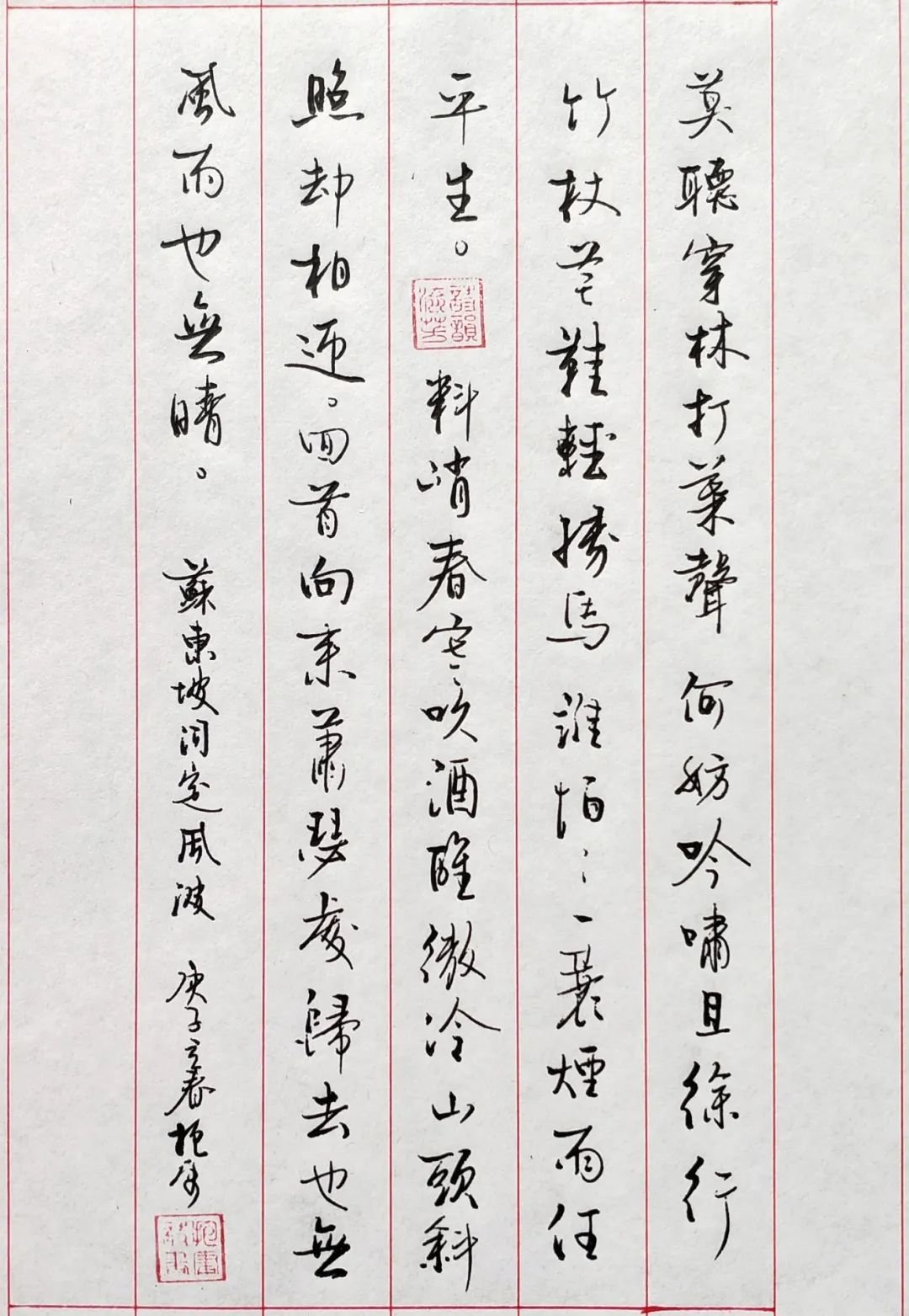
The rules of hard-pen calligraphy are roughly the same as those of traditional brush calligraphy. The only difference lies in the technique of using the pen due to the different characteristics of the pen tip. There are no fixed method rules for hard-pen writing, and the priorities are determined by personal writing habits (solidified abilities). It requires not only accurate and meticulous copying, but also polishing and summarizing in writing practice. It is a relatively long process of ability accumulation.
